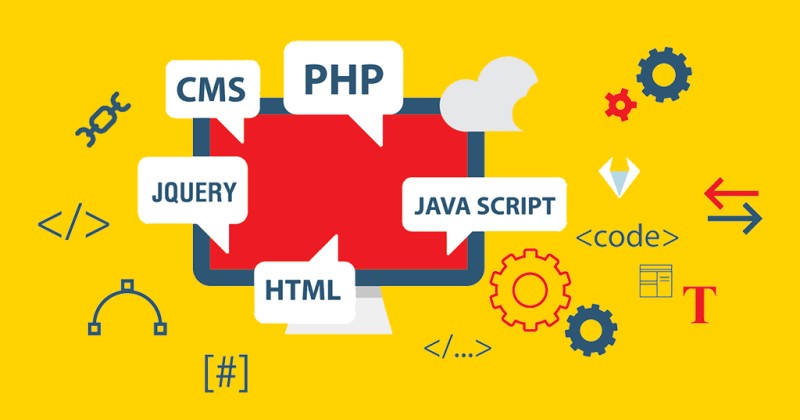
Navigating the Vast Ocean of Modern Web Technologies
In the ever-evolving landscape of technology, the web continually emerges as a bustling marketplace of innovation. From the foundational building blocks to the avant-garde frameworks, modern web technologies are the architects reshaping our digital world. Let’s embark on a journey through this vast ocean of possibilities.
HTML5, CSS3, and JavaScript form the trinity of web development, serving as the bedrock upon which virtually all web experiences are constructed. HTML5 provides the structure, CSS3 adds style and aesthetics, while JavaScript injects interactivity and dynamism. Together, they empower developers to craft engaging and responsive websites.
However, the web ecosystem is not static; it thrives on innovation. Enter Progressive Web Apps (PWAs), a fusion of web and mobile app technologies. PWAs leverage modern web capabilities to deliver app-like experiences, including offline functionality, push notifications, and seamless installation, blurring the lines between websites and native applications.
In the realm of frontend frameworks, React, Vue.js, and Angular reign supreme. React, developed by Facebook, emphasizes component-based architecture and virtual DOM for lightning-fast UI updates. Vue.js, known for its simplicity and versatility, has gained traction among developers for building scalable single-page applications. Angular, backed by Google, provides a comprehensive solution with robust features for large-scale enterprise applications.
Meanwhile, on the backend, Node.js has revolutionized server-side development with its event-driven, non-blocking I/O model. Paired with frameworks like Express.js, it enables the creation of high-performance, scalable web servers and APIs, all powered by JavaScript.
The rise of serverless computing further simplifies backend development, allowing developers to focus on writing code without managing infrastructure. Services like AWS Lambda, Azure Functions, and Google Cloud Functions abstract away server management, offering auto-scaling and pay-per-execution pricing models.
In the realm of databases, NoSQL databases like MongoDB and Firebase offer flexible data models suitable for modern, data-intensive applications. Their schema-less nature accommodates evolving data structures and enables horizontal scaling for high availability and performance.
As we navigate through the currents of modern web technologies, adaptability and continuous learning are paramount. The web is a living organism, constantly evolving with new tools and paradigms. Embracing change and staying abreast of emerging trends is the compass that guides us towards building the web of tomorrow.